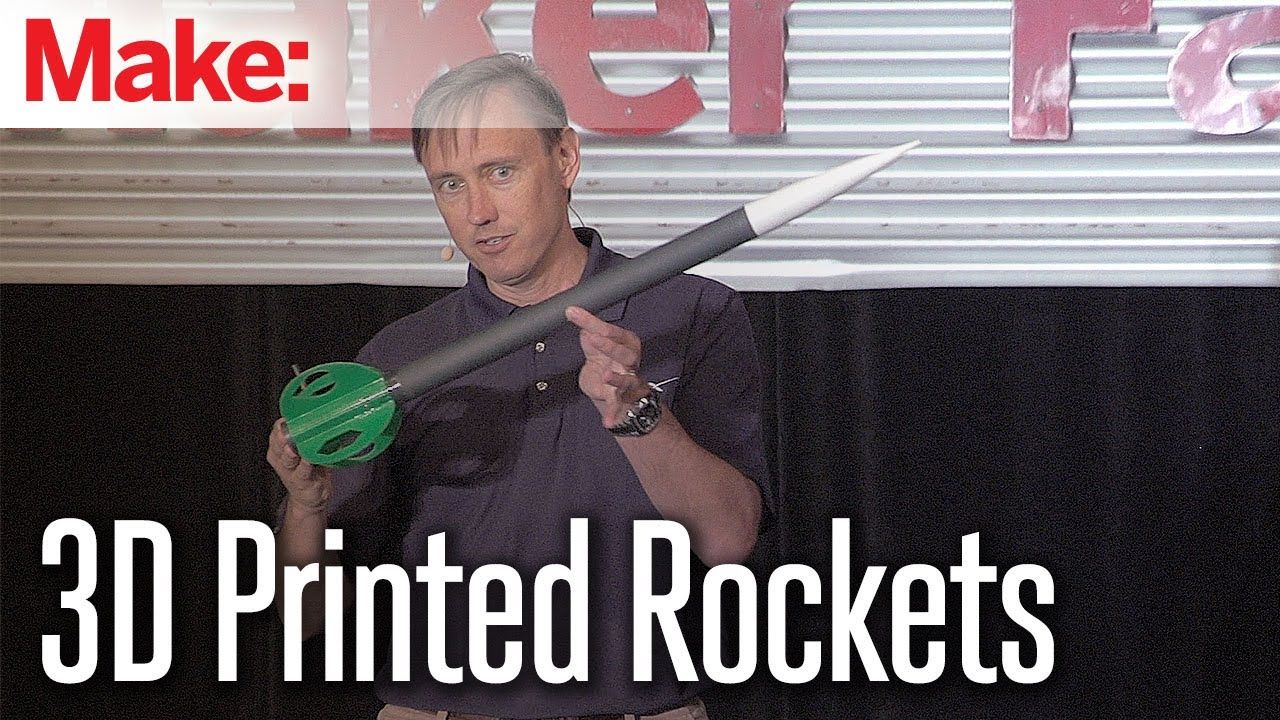Apr 9, 2016
Can black holes transport you to other worlds?
Posted by Sean Brazell in categories: cosmology, space travel
If you believe the creations of science fiction, black holes serve as gateways to other worlds, either distant parts of this universe or other universes entirely. But the reality might be more complicated than that. And outside of the sci-fi realm, dropping into a black hole is a bad idea.
Even so, it turns out that people who enter a black hole would have at least a slight chance of escaping, either back into their own world or to some exotic place. This is because black holes actually bend space itself, and so could bring points that are ordinarily distant from each other much closer together.
An oft-used analogy is the bending of a piece of paper. If you draw a line on the paper, it follows the paper’s shape and the line’s length is unchanged by bending the paper. But if you go through the paper, the end points of the line are much closer to one another. Understanding this requires diving into Einstein’s theory of relativity as applied to gravity. [5 Reasons We May Live in a Multiverse].
Continue reading “Can black holes transport you to other worlds?” »

















